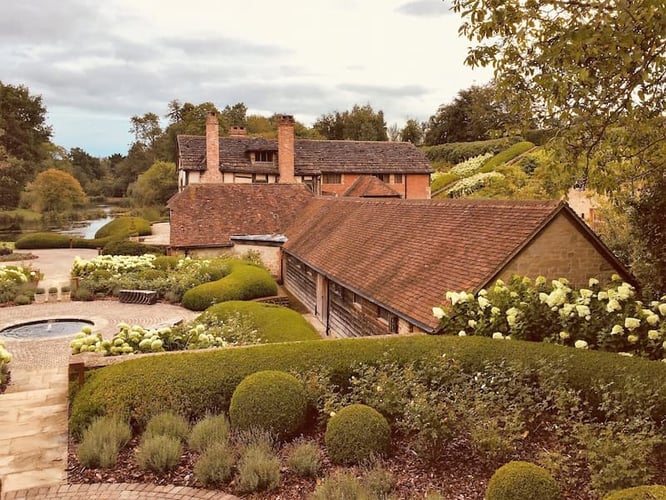‘Aurelia Vișinescu is possibly Romania's most famous female winemaker,’ according to Caroline Gilby, MW. She is also our favourite Romanian wine producer. Read about our visit to the vineyard and our interviews with Aurelia Vișinescu to find out why.
She was a pioneer in the new pro-EU, post-communist era, embracing modern viticulture and production techniques. In 2023, her estate, Domeniile Săhăteni celebrated its 20th anniversary.
Her wines are particularly popular in the Netherlands, Norway and Belgium as well as China and Japan in Asia. Here at Vincarta, we have always been fans. We’d like to spread the word in the UK.
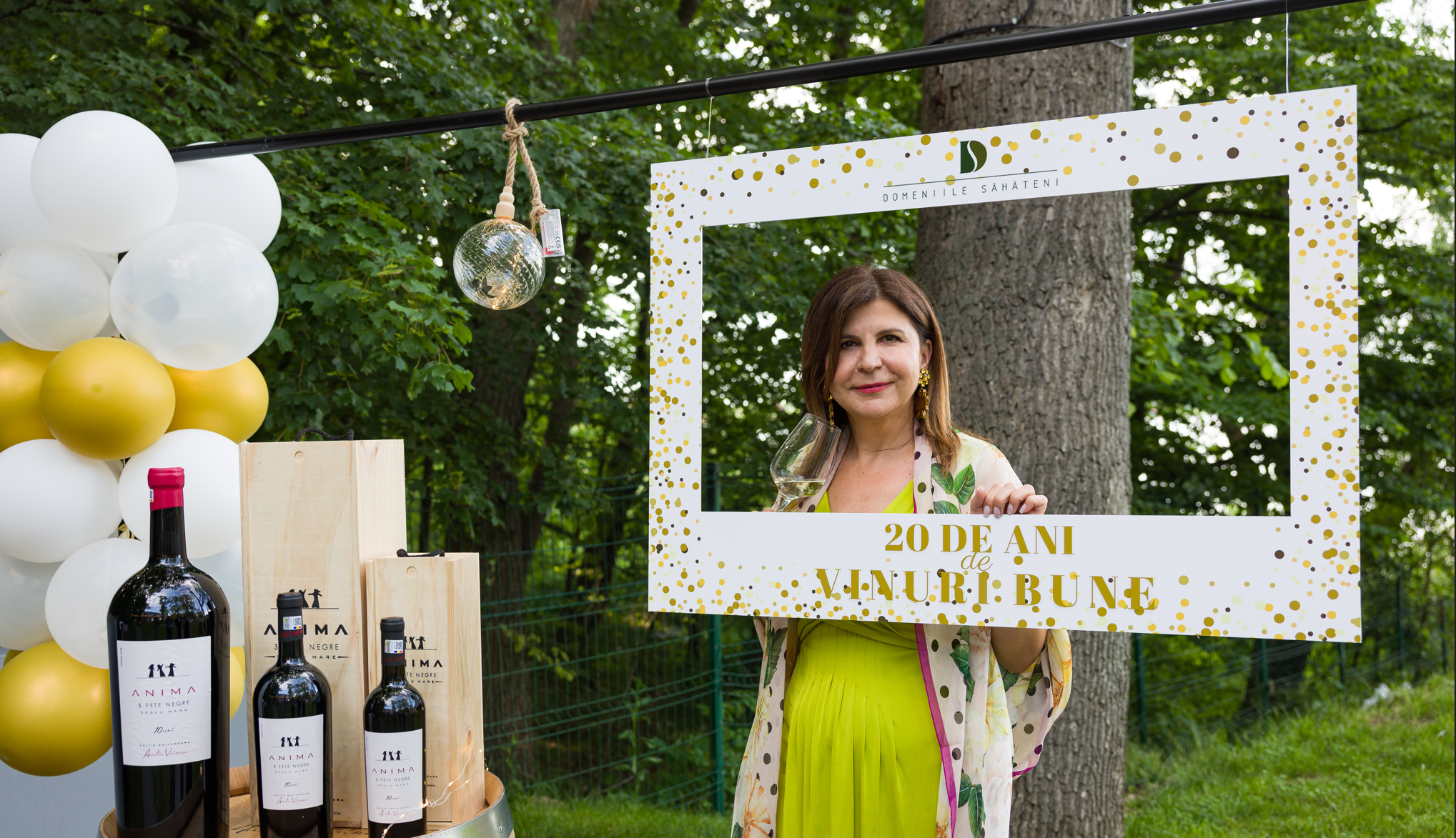 Aurelia Vișinescu at the 20th-anniversary celebrations. Image: aureliavisinescu.com
Aurelia Vișinescu at the 20th-anniversary celebrations. Image: aureliavisinescu.com
Meeting Aurelia
I first met Aurelia on a rainy day in April 2017. I must have taken the rotten London weather with me on the trip.
Having put the wrong address into my GPS, I missed the entrance and the satnav took me on a romantic tour of some local villages. Eventually, I rang them to get directions.
It turns out that sometimes, technology isn’t enough. You need a human being, with all their experience, to get to the right place. Winemaking is also like that.
At Domeniile Săhăteni, I spent almost three hours talking to Aurelia about the UK and Romanian markets, her wine and vines, took a tour of the winery and got to taste two of her Anima range wines, which I hadn’t tried before.
This was the beginning of a beautiful relationship and subsequently, Aurelia and I met again in June 2023 in Bucharest to discuss premium Romanian wine and the challenges of promoting and exporting it.
%20in%20June%202023.jpeg?width=1125&height=721&name=Meeting%20Aurelia%20Vi%C8%99inescu%20(right)%20in%20June%202023.jpeg) Meeting Aurelia Vișinescu (right) in June 2023
Meeting Aurelia Vișinescu (right) in June 2023
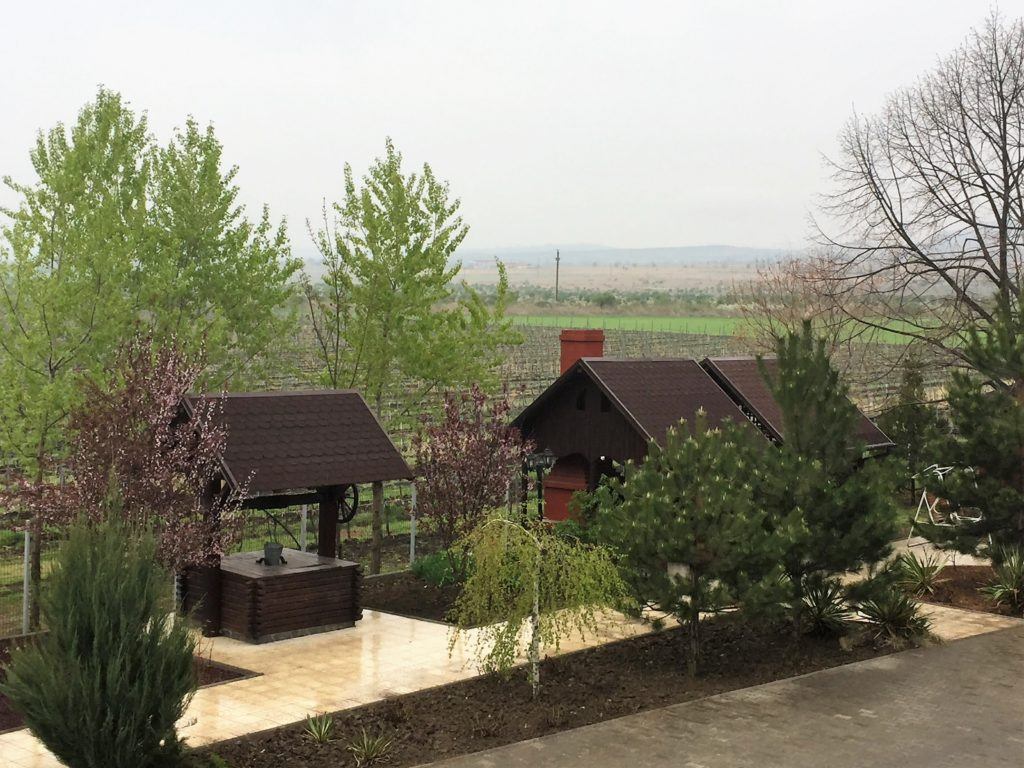 Lovely view of the Pinot Noir vines in the background at Domeniile Săhăteni
Lovely view of the Pinot Noir vines in the background at Domeniile Săhăteni
The origins of the Aurelia Vișinescu brand
Aurelia Vișinescu studied horticulture at university. She wanted to work with flowers but ended up working for a Romanian wine export company after the fall of communism. This enabled her to go abroad and do practical internships in South Africa and Australia for three vintages. She knows how to make wine with a New World style, but her heart is with the traditional winemaking of the Old World. Aurelia decided to blend the two concepts and come up with her own expression and style.
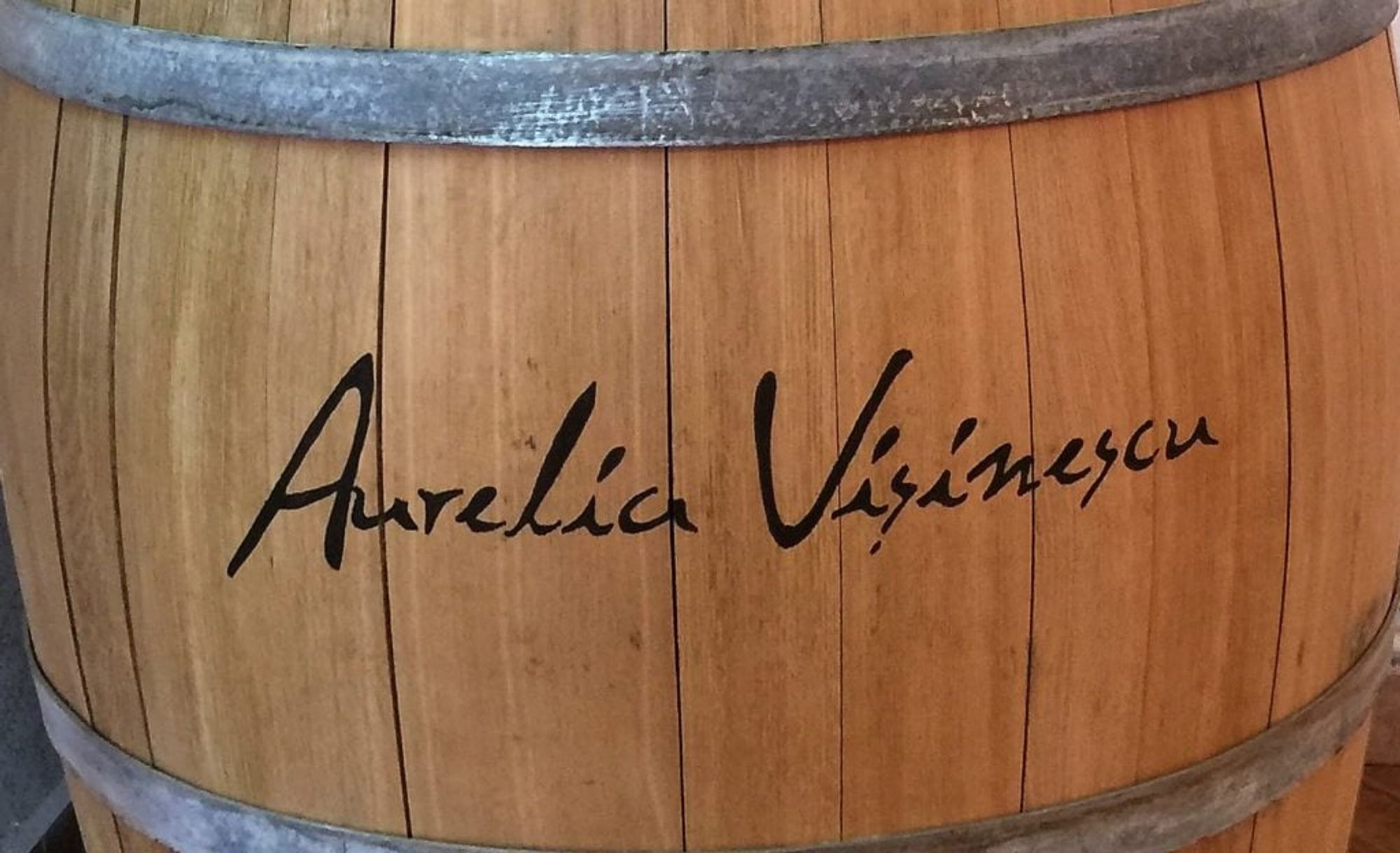
After the export company, Aurelia Vișinescu worked in Romania for Halewood, a UK firm that, at the time, was producing wine down the road from Domeniile Săhăteni in the Dealu Mare region. (They have since sold their Romanian business.)
Romanian wine pioneer
Not many people know that Aurelia was the first person in Romania to vinify Fetească Neagră as a dry wine. Traditionally, it was vinified as a sweet or demi-sweet wine. The industry followed, and now dry Fetească Neagră is a favourite for Romanian wine drinkers and she thinks it is Romania’s ‘star grape’ and most precious varietal. Today, she produces various dry styles, including some matured in oak and others that are more fruit-forward and produced in stainless steel.
In 2003, encouraged by her cousin, Aurelia Vișinescu and her business partner Steve Cacenco, established Domeniile Săhăteni as a family business. It was extremely hard at the beginning. The first wines, launched under the Divin brand in 2008, did not perform as intended. But, with a true entrepreneurial spirit, Aurelia went back to the drawing board and changed the approach. She launched the new brand carrying her signature in 2010 with the ranges: Anima, Artizan and Nomad. Karakter and Promessa ranges followed. Although this was the nadir of the financial crisis in Romania, the relaunch was a success.
Her last five years of focus were in the vineyard. The vines are now getting older and started to express their full character.
Quality first, quantity second
Aurelia now offers seven ranges of wines with different prices and qualities. The premium range is Anima, produced in limited editions only from the best grapes in the best years. If the vintage is not within the desired quality in the plots destined for Anima, she does not make the wine in that year. I love that commitment.
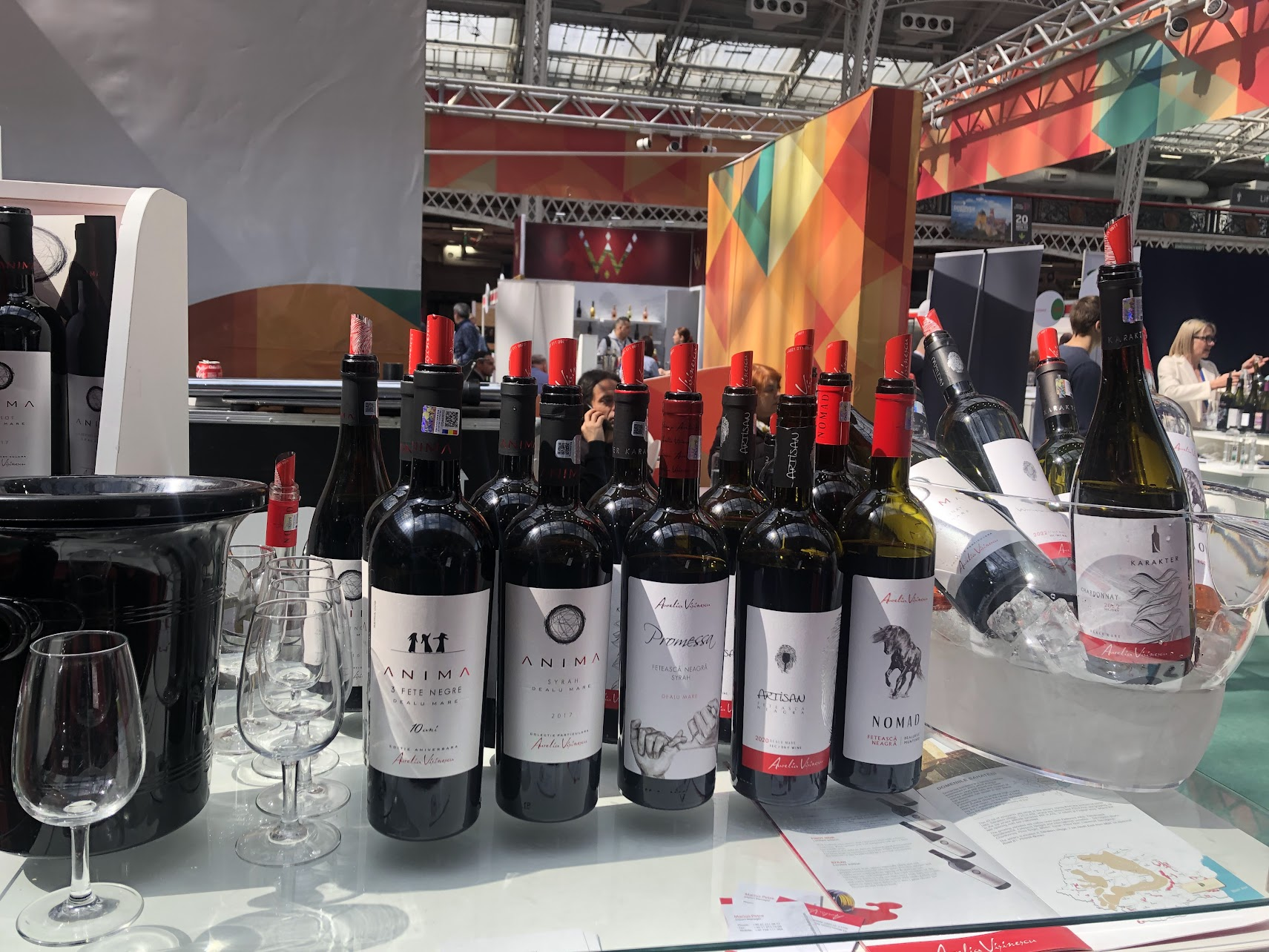 Aurelia Vișinescu stand at London Wine Fair 2023
Aurelia Vișinescu stand at London Wine Fair 2023
Viticulture at Aurelia Vișinescu
Aurelia Vișinescu has 82 hectares under vine at Domeniile Săhăteni. She replanted 64 ha with French clones over the last ten years, as the Romanian clones of international grape varieties were proving inferior. She has a few old vines, some 40 years old, mostly with indigenous grapes. Replanting was done with EU funds, enabling her to produce high-quality wines. In her view, this does not mean the perfectly-sized, fat grape. She says that a grape which struggled will bring ‘salt and pepper’ to the wine, meaning more flavour and complexity.
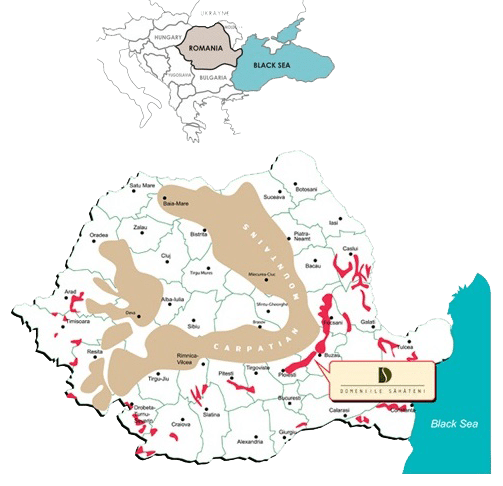
The vineyards are located in the Dealu Mare region, a hilly area south of the Carpathians. It is well known as a quality grape-growing region. Soils vary from clay and sand with limestone subsoil to sand and stone on the hills, where she grows the Cabernet Sauvignon.
Although the climate is similar to Bordeaux, with vintage variation, it doesn’t benefit from the same moderating maritime influence, as the Black Sea is a couple of hundred kilometres away.
Ecological, sustainable viticulture
Aurelia chose an organic, ecological approach to viticulture and uses very little fertiliser. She doesn’t use insecticides or too much spraying. Bordeaux mixture (permitted in organic viticulture against grey rot) is kept to a minimum. In her vine growing philosophy, vines need to develop their own immunity to diseases: ‘it’s like humans and antibiotics: the more treatments you take, the less resistant you are,’ she says: ‘I had years when I waited too much, and I lost an entire harvest to rot, but my vines are healthier than [the other] vineyards around.’
Today, all her red grape varietals are produced organically. The first bio-certified crop was in 2021. In 2023, they produced the first certified organic white crops of Fetească Albă and Chardonnay.
Low yields, high quality
Without irrigation, yields are quite low: five to six tonnes per hectare for the premium range Anima and eight tons per hectare for the others, compared to 12 to 15 tonnes per hectare for commercial wines from other producers.
But she doesn’t do mass market, commercial wines. She crafts each vintage every year with a lot of love and attention to detail to get the most expressive wines from the grapes nature gives her.
Grapes are picked at the optimal ripeness. This is not science; it is an art. Aurelia says that she has the biggest challenge with the Pinot Noir, which is well known for being temperamental. Because of this, she plans to invest in machine harvesting, which will enable her to pick the grapes during the night when it is cooler.
Winemaking at Aurelia Vișinescu
The 82 hectares of vineyard enabled Aurelia to invest in the latest technology in her winery. She has pneumatic presses, temperature-controlled stainless steel tanks for fermentation and a modern bottling facility.
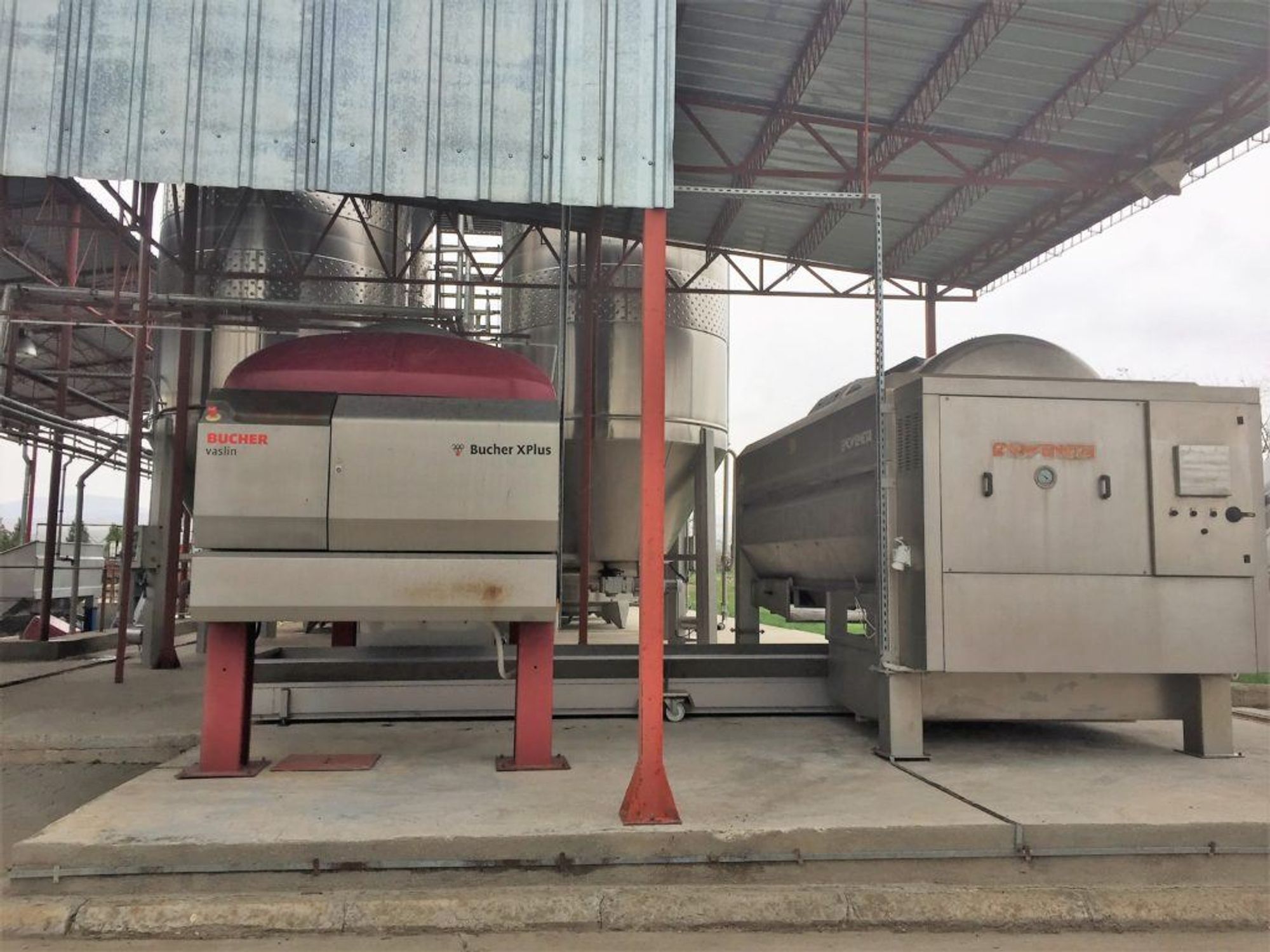 Modern horizontal pneumatic grape presses at Aurelia Vișinescu and fermentation tanks in the background
Modern horizontal pneumatic grape presses at Aurelia Vișinescu and fermentation tanks in the background
She knows that scale allows for investments in technology. A winery with a couple of hectares doesn’t have the same resources.
She started to use wild yeast alcoholic fermentation for all the red wines and wild malolactic fermentation for Chardonnay. She experiments in incremental but cautious steps to ensure consistency of style and an increase in quality.
Despite all the modern stainless steel, her heart belongs to wine barrels. Aurelia believes that nothing helps the wine more, especially red wine, than ageing in barrels. For premium wines, she uses Romanian, Russian or French oak. Her marketing manager told me once, ‘You should see Aurelia picking her barrels: it is like a woman shopping for jewellery’.
Her vision is that wine needs time to evolve. Wine is a living product which requires patience, attention to detail and care. Oak barrels are the right growing environment for a great wine. Knowing when it reaches the right stage is a skill which comes with years of experimentation, observation, attention to detail and care.
She uses natural clarification rather than artificial fining to clarify and stabilise the wine and Kieselguhr, a sedimentary rock made mainly of silica, for final filtration. This approach, which avoids harsh interventions, is another hallmark of quality wine.
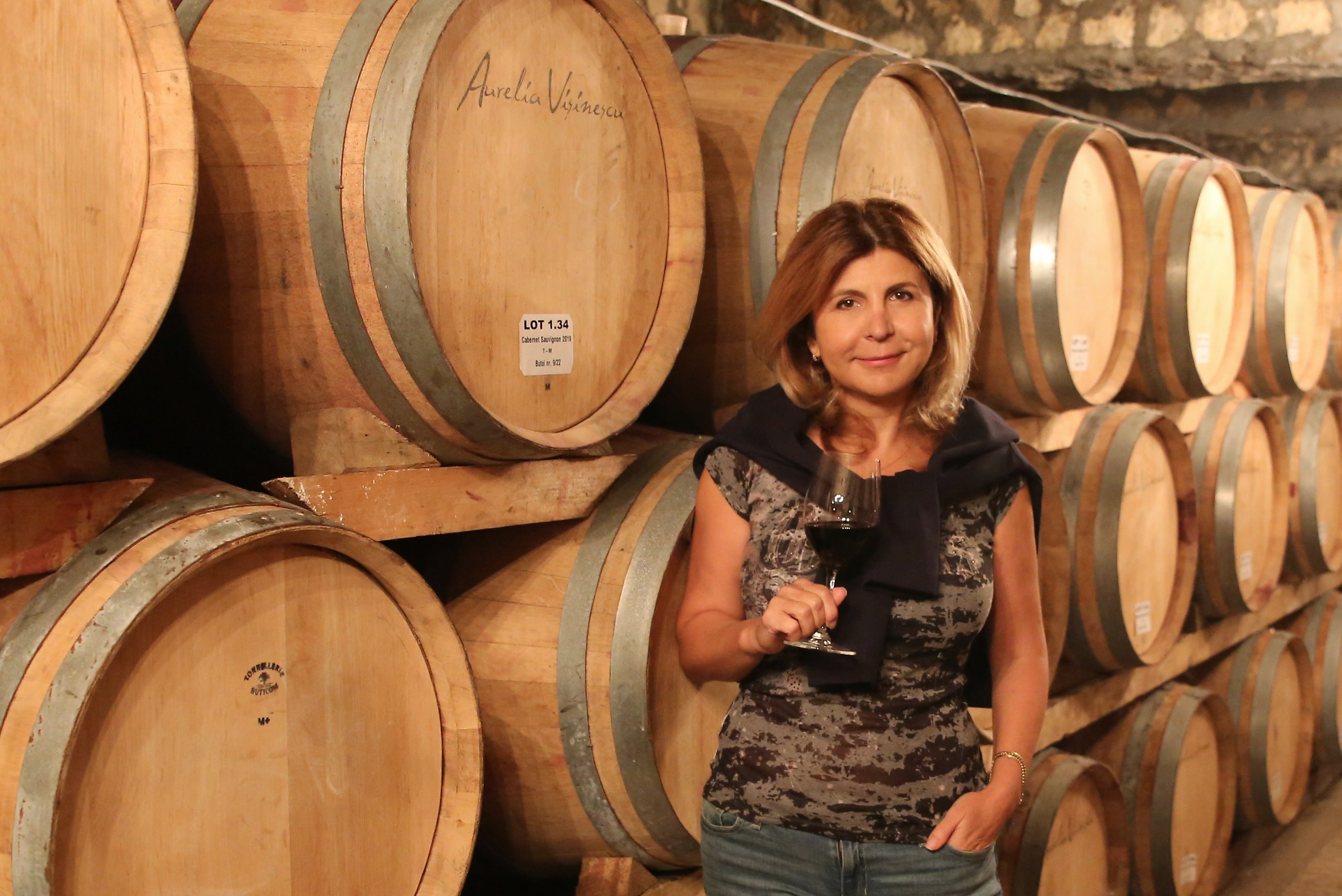 Cellar at Aurelia Vișinescu, courtesy of aureliavisinescu.com
Cellar at Aurelia Vișinescu, courtesy of aureliavisinescu.com
For her Anima range, she grows mainly international grape varieties: Chardonnay, Pinot Noir, Merlot, Cabernet Sauvignon, and Shiraz. She also makes a special wine from Romania’s star red grape - Fetească Neagră - by blending three consecutive high-quality vintages, called ‘3 Fete Negre’ (Three Black Girls). This is her soul grape, given the long history they have together.
At Vincarta, we are in love with the Anima range and have had the chance to drink it on a regular basis over multiple vintages and years of evolution.
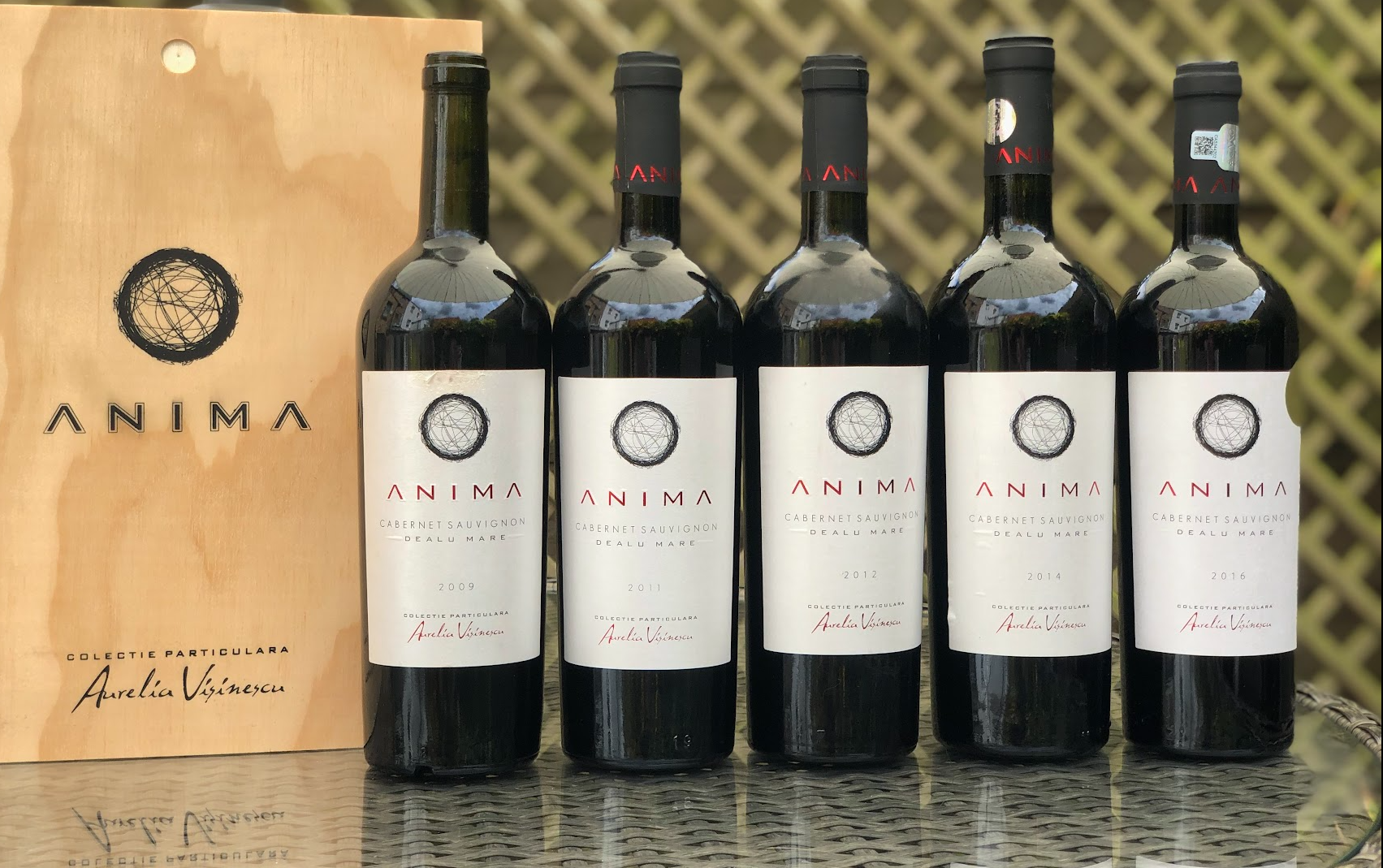 Rare vertical tasting lineup of Anima Cabernet Sauvignon at Vincarta HQ
Rare vertical tasting lineup of Anima Cabernet Sauvignon at Vincarta HQ
What next for Aurelia Vișinescu?
Although she is conservative about introducing too much experimentation too quickly, Aurelia had several projects underway. At Vincarta, we are excited to follow all these developments.
- Clay amphorae: Inspired by Georgian winemaking, she would like to experiment with both fermentation and maturation in amphorae and assess if it is suitable for her wine style or not.
- Fetească Albă: She is passionate about its delicate, refined aromas and would like to find a new expression for this Romanian grape varietal.
- Irrigation: drought has affected the last years of production, and, as vice-president of APEV (Wine Exporters’ and Producers’ Association of Romania), she is lobbying Brussels to change the current legislation to allow for irrigation in the DOC appellations.
She is not interested in orange wine or natural wine. A number of local producers have tried producing orange wine but the local market does not have the appetite for it. It is possible that natural wine in all its fashionable forms reminds many Romanians of the homemade wine of yesteryear and, as a result, lacks the fashionable cachet it enjoys elsewhere.
I asked Aurelia about Romanian sparkling wines and if she thinks of experimenting with this as well. She doesn’t think that the local grape varietals and Dealu Mare region are suitable for quality sparkling wine production, so she will not get involved in this trend. But there are interesting experiments going on in cooler regions.
Visiting Aurelia Vișinescu at Domeniile Săhăteni
They have a lovely new tasting room, and you can book a visit via winetourism.com: https://www.winetourism.com/winery/domeniile-sahateni. Please contact the winery directly in advance for group visits.
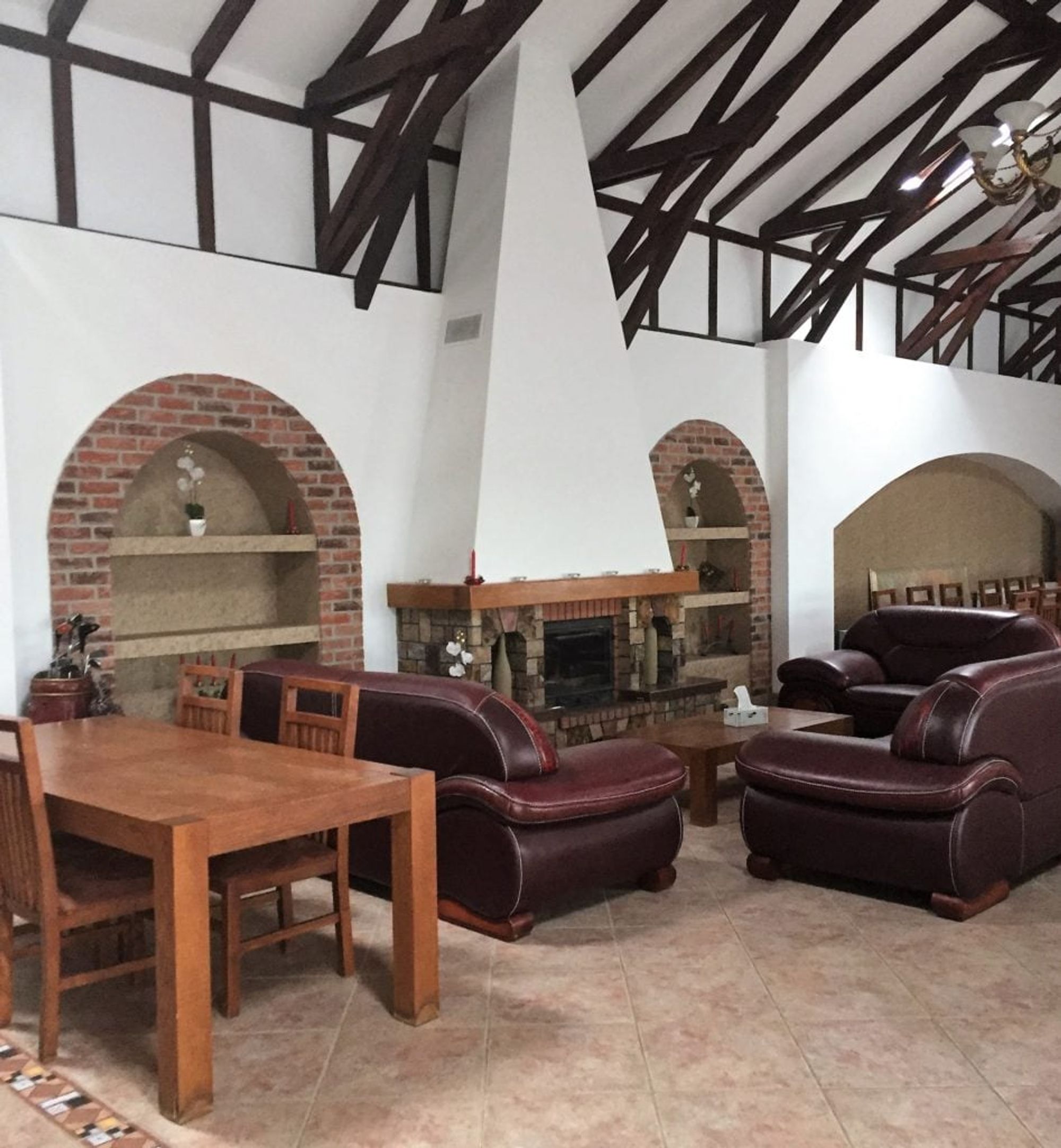 Tasting room at Aurelia Visinescu
Tasting room at Aurelia Visinescu
This article was originally published in April 2017, but we updated it in late 2023 after a new interview with Aurelia Vișinescu.




